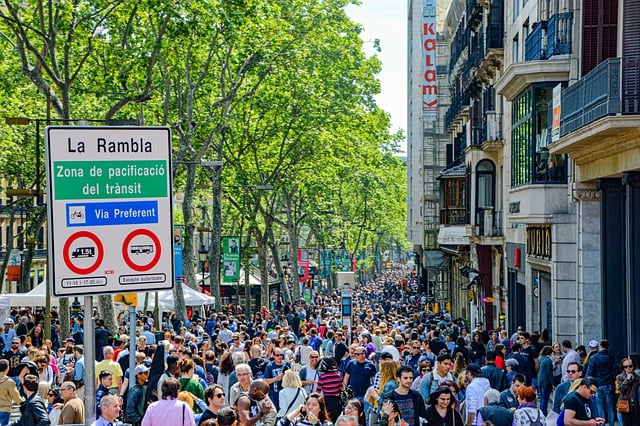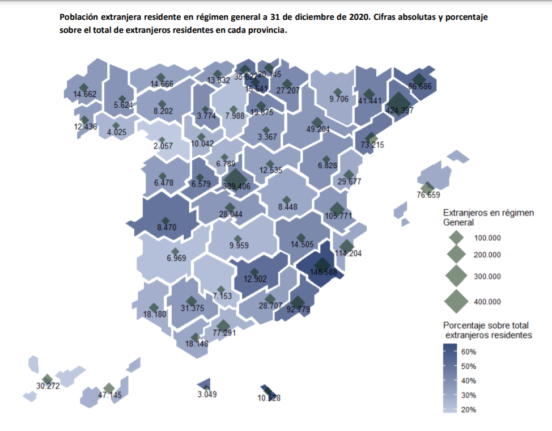Prosecco and Parma ham are two of Italy’s most famous food exports, but they are increasingly produced by foreign hands.
While 96.6 percent of quality-stamped Prosecco Conegliano Valdobbiadene is owned by Italians, the number of foreigners in the market has jumped by 88.9 percent over the past five years.
During the same period the number of Italian business owners in the Prosecco trade has increased by just 10.4 percent, new statistics from the Leone Moressa research foundation (FLM) show.
Parma ham, meanwhile, is increasingly likely to be produced by Albanians.
Foreign ownership has jumped by 17.6 percent over the past five years, reaching 4.8 percent of the market, while Italian ownership has fallen by 8.3 percent. Albanians are the top foreign producers, followed by French and Moroccans.
Overall foreign ownership in Italy’s food and agriculture sectors has jumped 24.3 percent in just five years, while the Italian stake has fallen 3.2 percent.
According to Enrico Di Pasquale, an FLM researcher, the shift in ownership is not only down to the economic crisis.
“The outsourcing to countries with lower labour costs, the difficulty to access credit, the fall in the number of consumers in the internal market,” have all had an impact on Italian businesses, Di Pasquale told The Local.
Meanwhile foreigners have seen the crisis as an opportunity to move into the market.
“Foreign business owners, on the other hand, generally demonstrate a greater propensity to take risks,” Di Pasquale said.
They have also proven themselves able to develop “innovative services”, such as international money transfers, which were at first aimed at immigrants but are increasingly being used by Italians.
The greatest foreign success story has been the Chinese takeover of the textile market in Tuscany.
In the city of Prato, foreigners now own 78.4 percent of textile and clothing businesses. Of these, 98.8 percent have Chinese owners while 0.2 percent are owned by Nigerians.
In nearby Empoli, Italians own just 51.5 percent of the textile industry, while further afield in Verona a quarter of the fashion market is in foreign hands.
Across the country foreigners now own 24.0 percent of the textile and clothing businesses, a 10.5 percent jump in five years while Italians’ presence in the market has plummeted 20.6 percent.
The growth in foreign-owned businesses has been boosted by the expansion of the EU, China’s economic boom and increasing immigration since the 1990s.
The trend is set to continue, according to Di Pasquale. “It’s possible to imagine that the foreign business owners will in the future represent a stable component of our economic system,” he said.




 Please whitelist us to continue reading.
Please whitelist us to continue reading.
Member comments